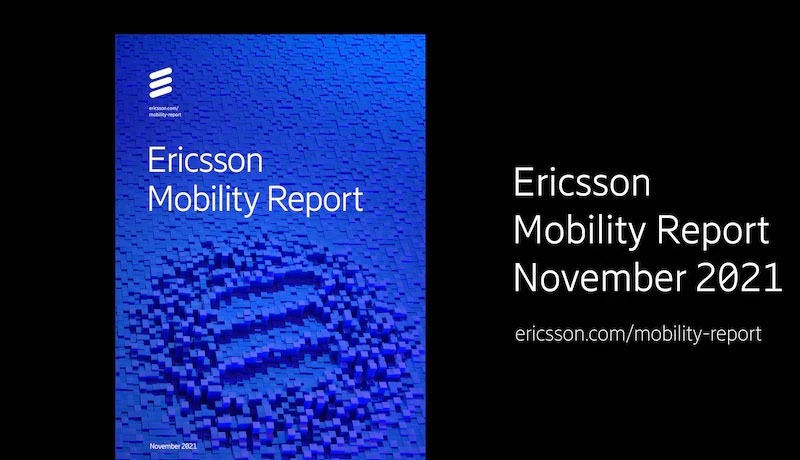
According to Ericsson global insights since 2011, when the Ericsson Mobility Report was first published, mobile data traffic has been a nearly 300-fold rise. The findings are published in the special ten-year edition of the Ericsson Mobility Report November 2021, which is based on current and historical network data. The paper examines some of the major themes and events that have defined the recent decade and provides the most up-to-date projections for 2027.
Fredrik Jejdling, Executive Vice President and Head of Networks, Ericsson, says: “Mobile communication has had an incredible impact on society and business over the last ten years. When we look ahead to 2027, mobile networks will be more integral than ever to how we interact, live and work. Our latest Ericsson Mobility Report shows that the pace of change is accelerating, with technology playing a crucial role.”
With an updated forecast of up to 660 million 5G subscriptions by the end of this year, the premise that 5G will become the fastest deployed mobile generation to date has been strengthened. The surge is due to higher-than-expected demand in China and North America, which is fueled in part by lower 5G equipment prices. In Q3 2021, 98 million new 5G subscriptions were added globally, compared to 48 million new 4G subscriptions. 5G networks are expected to cover more than two billion people by the end of 2021.
According to the most recent projections, 5G is on track to become the dominant mobile access technology by 2027, based on global subscribers. 5G is also estimated to account for about half of all mobile subscriptions globally, reaching 75% of the global population and carrying 62% of all smartphone traffic by 2027. Since 2011, the construction of 4G LTE networks has been instrumental in the creation of 5.5 billion additional smartphone connections around the world, resulting in the availability of over 20,000 different 4G device types on the market.
This analysis shows that 5G devices have a substantially shorter technical lifecycle than 4G devices, with 5G handsets accounting for 23% of global volumes currently vs 8% for 4G handsets at the same point in its lifecycle.
This is contributing to the explosive development of mobile data traffic. In Q3 2021, mobile network data traffic increased by 42 percent year over year to 78 exabytes (EB), including traffic generated by Fixed Wireless Access (FWA) services. Mobile data traffic in Q3 alone surpassed all previous mobile data traffic up until the end of 2016. According to new estimates, overall mobile network data traffic will reach 370EB by the end of 2027.
The survey also demonstrates that the nature of mobile connections is fast changing, resulting in an increase in mobile data traffic. Broadband IoT has now surpassed 2G/3G as the technology that connects the most IoT devices. By the end of 2021, it is estimated to account for 47% of all cellular IoT connections, compared to 37% for 2G/3G and 16% for Massive IoT technologies (NB-IoT and Cat-M).
New predictions confirm that major IoT deployments will accelerate rapidly in the next years, including use cases like e-health wearables, logistical asset tracking, environmental monitoring and smart metres, and smart manufacturing tracking and monitoring devices. By 2027, massive IoT installations are expected to account for 51% of all cellular IoT connections.
FWA connections are expected to nearly triple over the same predicted period, from 88 million by the end of 2021 to about 230 million by 2027. 5G networks are estimated to carry about half of these connections.
The Ericsson Mobility Report’s tenth anniversary edition features four feature articles:
• Collaborating with Far EasTone to build 5G infrastructure for the digital future
• Network expansion, in conjunction with stc, to improve digitalization
• Network performance benchmarking (time-to-content)
• Creating long-term networks